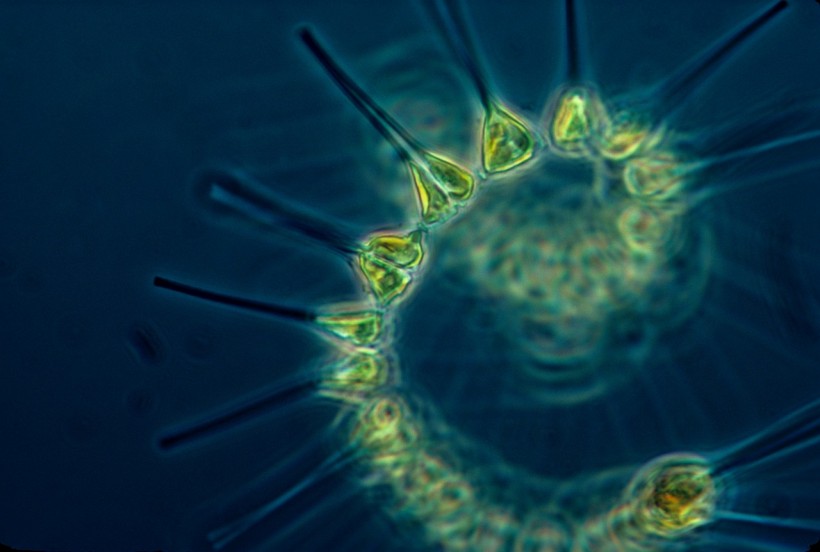Phytoplankton is known as a microscopic marine alga and is part of the plankton community, which is vital to the world's oceans and freshwater ecosystems.
In the marine food web, they are the initial or base prey for some sea creatures.
Despite the role of these microorganisms, health experts have reported that phytoplankton can cause harm to their surrounding environment, affecting animals and even people.
There are approximately 5,000 recorded phytoplankton species, where some are distinct or almost similar to each other. Yet, there are external factors that affect the behavior of the marine alga.
For instance, scientists say that the plankton are sensitive to external stimuli such as ocean temperature and even the amount of sunlight they receive.
In recent years, phytoplankton have been blamed for making some humans and even their pets sick.
Now, a new study led by scientists from South Africa have found widespread changes among phytoplankton blooms in the Southern Ocean or Antarctic Ocean linked to climate drivers such as global warming.
In particular, the scientific team found that the carbon-absorbing alga thrived over the past 25 years but died too soon.
What Does Phytoplankton Do?

Phytoplankton, also called microalgae, have similar biological makeup with terrestrial plants in terms of containing chlorophyll and are dependent on sunlight to survive and grow.
In a balanced ecosystem, microalgae provide food for many marine life across the world's oceans, according to the National Oceanic and Atmospheric Administration (NOAA).
Most phytoplankton species are buoyant and float in the surface or upper part of the ocean, an area where sunlight penetrates the water.
Aside from sunlight, the microalgae also require inorganic nutrients like phosphates, nitrates, and sulfur.
They convert these compounds into organic macromolecules such as carbohydrates, fats, and proteins that are essential to life, the NOAA explains.
Phytoplankton Blooms
As mentioned earlier, microalgae's behavior depends on external stimuli from its immediate environment.
With this, phytoplankton populations can grow exponentially, also called a bloom, under the right conditions.
Phytoplankton blooms can cover an area hundreds of square kilometers and are clearly visible in satellite images, according to the NASA Earth Observatory.
Some phytoplankton species are composed of bacteria, including protists, while most are single-celled plants. The common kinds of microalgae include cyanobacteria, green algae, dinoflagellates, and among others, the U.S. space agency adds.
Climate Change
In the study published in the journal Nature Climate Change on Monday, August 28, researchers have determined that climate change has been responsible and will continue to alter nutrient and light supply, factors that influence phytoplankton growth and their seasonal cycles.
Using satellite data from the last 25 years, the research team shows that large regions of the Southern Ocean observed a premature termination of phytoplankton blooms in the said part of the world.
The findings are crucial since the Antarctic Ocean has a significant role when it comes to controlling the impacts of global warming.
With the potential decline of phytoplankton blooms in the future, the absorption of climate-damaging carbon dioxide could accelerate the warming of the planet.
Related Article: Marine Phytoplankton Are Far More Adaptable to Future Climate Change, According to Scientists
© 2024 NatureWorldNews.com All rights reserved. Do not reproduce without permission.




![Roundworms with Short Memories 'Stop Forgetting' When Frozen or Given Lithium [Study]](https://1471793142.rsc.cdn77.org/data/thumbs/full/70295/280/157/50/40/roundworms-with-short-memories-stop-forgetting-when-frozen-or-given-lithium-study.jpg)
